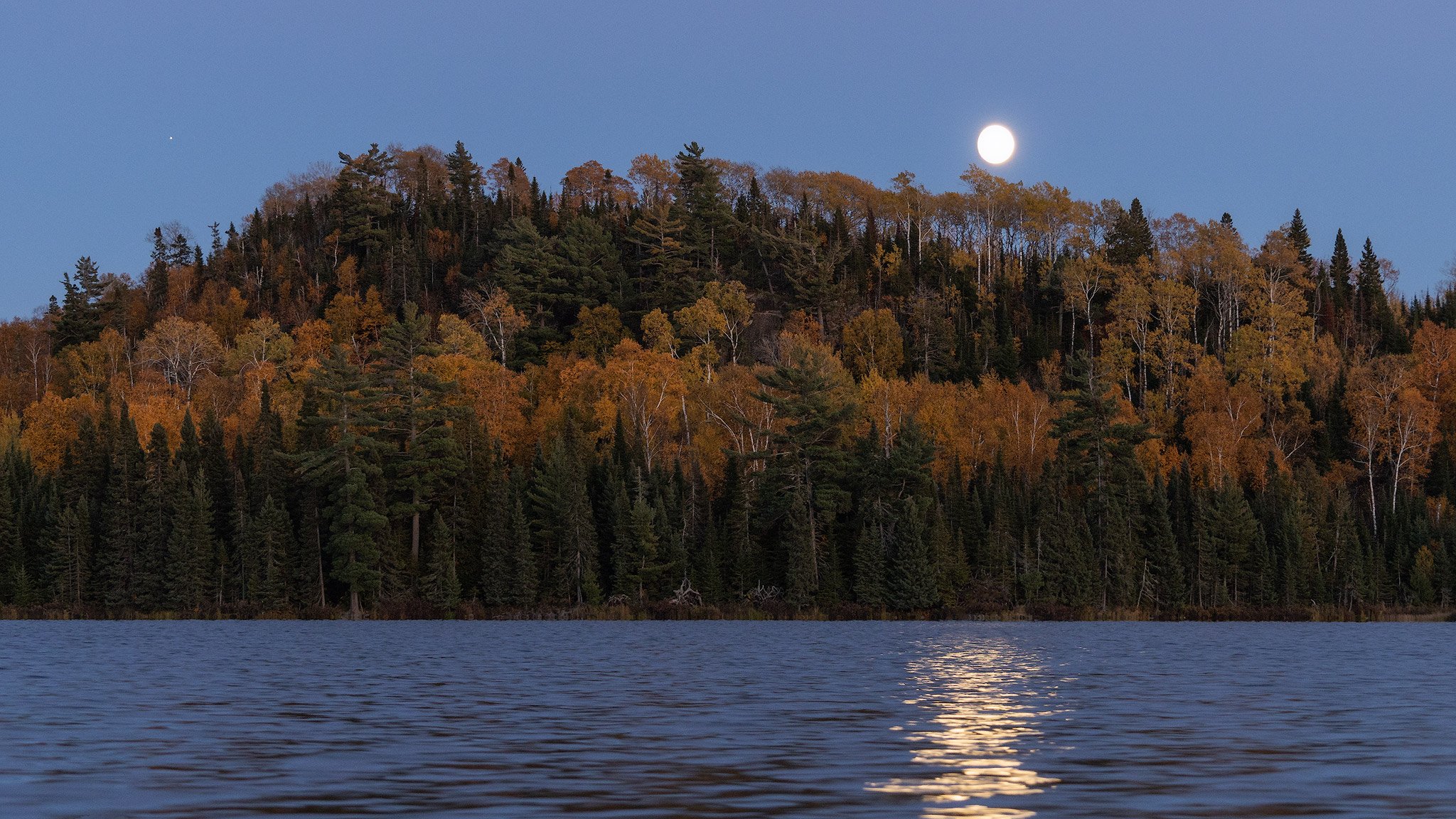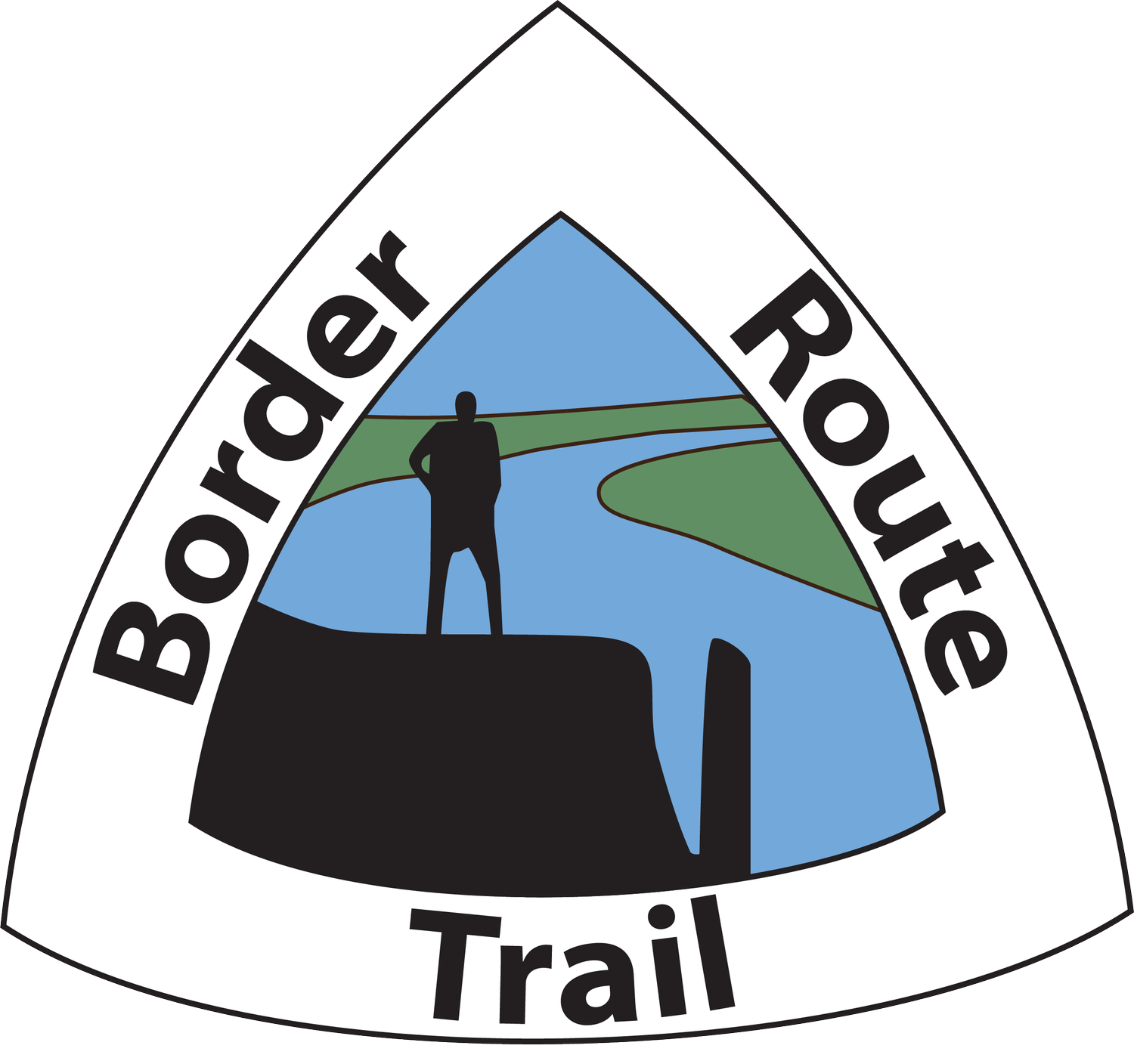
BWCAW Permits
Over half of the Border Route Trail (BRT) crosses the Boundary Waters Canoe Area Wilderness (BWCAW). The BWCAW portion starts about 16 miles from the western terminus and ends about 13 miles from the eastern terminus.
BWCAW Permits
Permits are required year round for everyone entering the BWCAW.
For the Border Route Trail, this means any trip between Crab Lake and McFarland Lake (entry points #81 west, #82 center and #83 east).
A BWCAW permit allows for a group of up to 9 people. One permit per group per trip. The permit must be carried with you at all times.
Day hikers: Self-register at a trailhead kiosk.
Backpackers starting May 1 to Sept. 30: Purchase a quota permit at recreation.gov.
Backpackers starting Oct. 1 to Apr. 30: Self-register at a trailhead kiosk.
BWCAW Regulations
For the most comprehensive information on planning a trip to the BWCAW, please review the Trip Planning Guide provided by the Superior National Forest.
About the BWCAW
The Boundary Waters Canoe Area Wilderness is a unique area located in the northern third of the Superior National Forest in northeastern Minnesota.
Over 1 million acres in size, the BWCAW extends nearly 150 miles along the international boundary. It is bordered to the north by Canada’s Quetico and La Verendrye Provincial Parks, to the west by Voyageurs National Park, and to the east by Grand Portage National Monument. The BWCAW contains over 1,200 miles of canoe routes, 12 hiking trails and over 2,000 designated campsites.
This area was set aside in 1926 to preserve its primitive character and made a part of the National Wilderness Preservation System in 1964 with subsequent legislation in 1978. Wilderness offers freedom to those who wish to pursue an experience of expansive solitude, challenge and personal connection with nature. The BWCAW allows visitors to canoe, portage and camp in the spirit of those travelers that came before them centuries ago.
